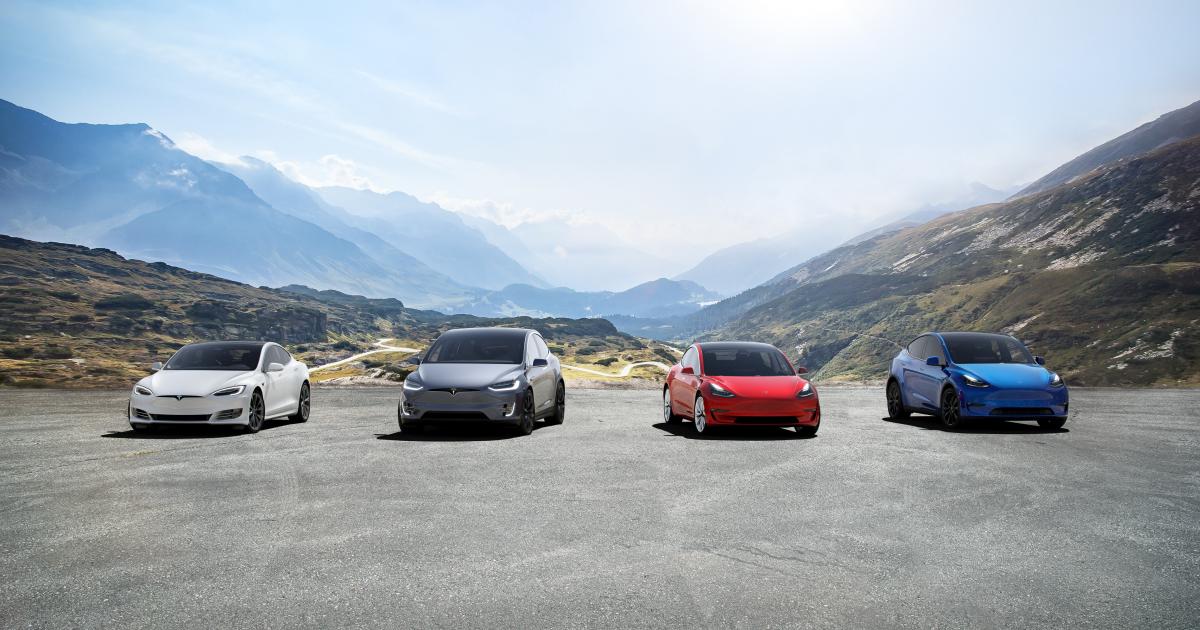
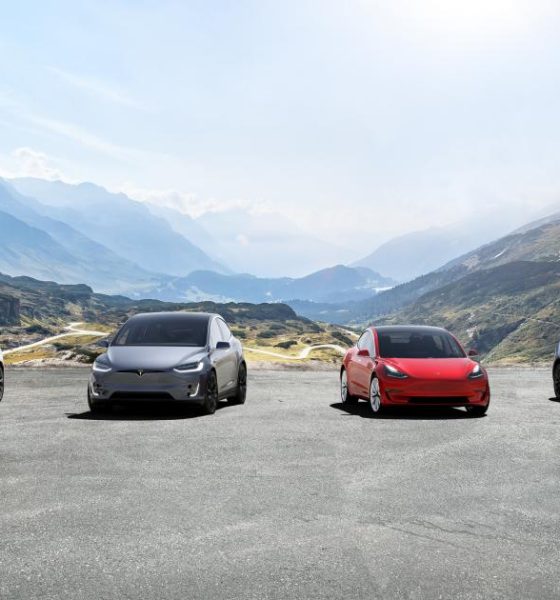
Investor's Corner
Tesla shareholder sells home to load up on stock, and it’s already paying off
Tesla shareholders are a rare breed, sometimes putting almost everything, and we mean everything, on the line in hopes of striking it big and making major waves in their own portfolios.
Jason DeBolt is one of those shareholders.
DeBolt, a shareholder since March 26, 2013, sold his home and bought around 10,000 shares. The additional 10,000 shares supplemented the 38,000 he already owned.
He began buying the 10,000 additional shares slowly over the last several weeks on margin, or using a loan from a brokerage to buy more shares, in the $128-139 range before the company’s most recent Earnings Call.
As of Thursday, he was up $250,000 on his most recent investment using funds from the sale of his home. “Closed out margin today with house proceeds. Have cash. Feeling good,” he Tweeted.
Sold my house and bought around 10,000 $TSLA shares. Own 48,000 shares now.
Purchased all shares slowly over last few weeks before earnings on margin in $128-139 range. Up $250k on these shares already. Closed out margin today with house proceeds. Have cash. Feeling good.$TSLA pic.twitter.com/aIW7m8d9FJ
— Jason DeBolt ⚡️ (@jasondebolt) January 26, 2023
In an exclusive interview with Teslarati, DeBolt shared his inspiration for the bold move. He noted that Tesla’s attractive stock price was what inspired him.
“Mainly, the attractive Tesla stock price is what drove me,” DeBolt detailed. “It was just too cheap to ignore. Tesla’s stock price had dropped 76 percent from an all-time high of $415 to $101 in a little over a year. During this period, Tesla grew revenue by 51 percent, doubled its net income, rolled out FSD to tens of thousands of people, and began ramping up Megapack production at Lathrop.”
The developments Tesla made over the past year were too good to ignore for DeBolt, even as some speculated that CEO Elon Musk’s acquisition of Twitter had caused the spiraling of the stock price.
“Many Tesla investors blamed Elon’s behavior for having a role in the drop, but I was trying to find a way to get cash to buy more shares. Selling my house was the obvious answer,” DeBolt said. I didn’t wait to receive the proceeds from my house sale and used a margin loan to accumulate 9,500 Tesla shares before earnings, resulting in a $400,000 gain two days after Tesla earnings on those shares alone. I currently hold 48,000 Tesla shares.”
His investments enabled him to retire from his day job as a software engineer on January 7th, 2021, at the age of 39.
DeBolt’s journey with Tesla shares began long before that. DeBolt has supported Tesla since he saw the Roadster in 2009 and the early Model S prototype at the San Mateo Maker Faire.
“I ordered a Model S in 2011 and took delivery in 2013. I purchased thousands of shares for about $2 a share after seeing the Fremont factory and driving my Model S for the first time,” DeBolt said. “I continued buying shares when nobody wanted the stock. It was obvious to me that Tesla was going to disrupt the entire automotive and oil industries back then because EVs are fundamentally superior to gas vehicles in every way, and there were no serious competitors to Tesla back then. This is true today as well.”
After selling his home, DeBolt rented a new place near the beach in Los Angeles, California.
Today I’m retiring from the corporate world at age 39.
Not selling any shares for the foreseeable future. $TSLA pic.twitter.com/wCDZJlPdoX
— Jason DeBolt ⚡️ (@jasondebolt) January 7, 2021
“There’s a bit more freedom. The last two years of retirement have been amazing. Still, I’m starting to look for something to build and do with my time, so I’m exploring areas such as machine learning, finance, and philosophy in addition to my ongoing Tesla research. My life is pretty dope, and I’m doing exactly what I want to be doing. I try to stay physically fit. I’m quite fortunate.”
Disclosure: Johnna is a $TSLA shareholder and believes in Tesla’s mission.
Your feedback is welcome. If you have any comments or concerns or see a typo, you can email me at johnna@teslarati.com. You can also reach me on Twitter at @JohnnaCrider1.
Teslarati is now on TikTok. Follow us for interactive news & more. Teslarati is now on TikTok. Follow us for interactive news & more. You can also follow Teslarati on LinkedIn, Twitter, Instagram, and Facebook.

Investor's Corner
Tesla bear gets blunt with beliefs over company valuation
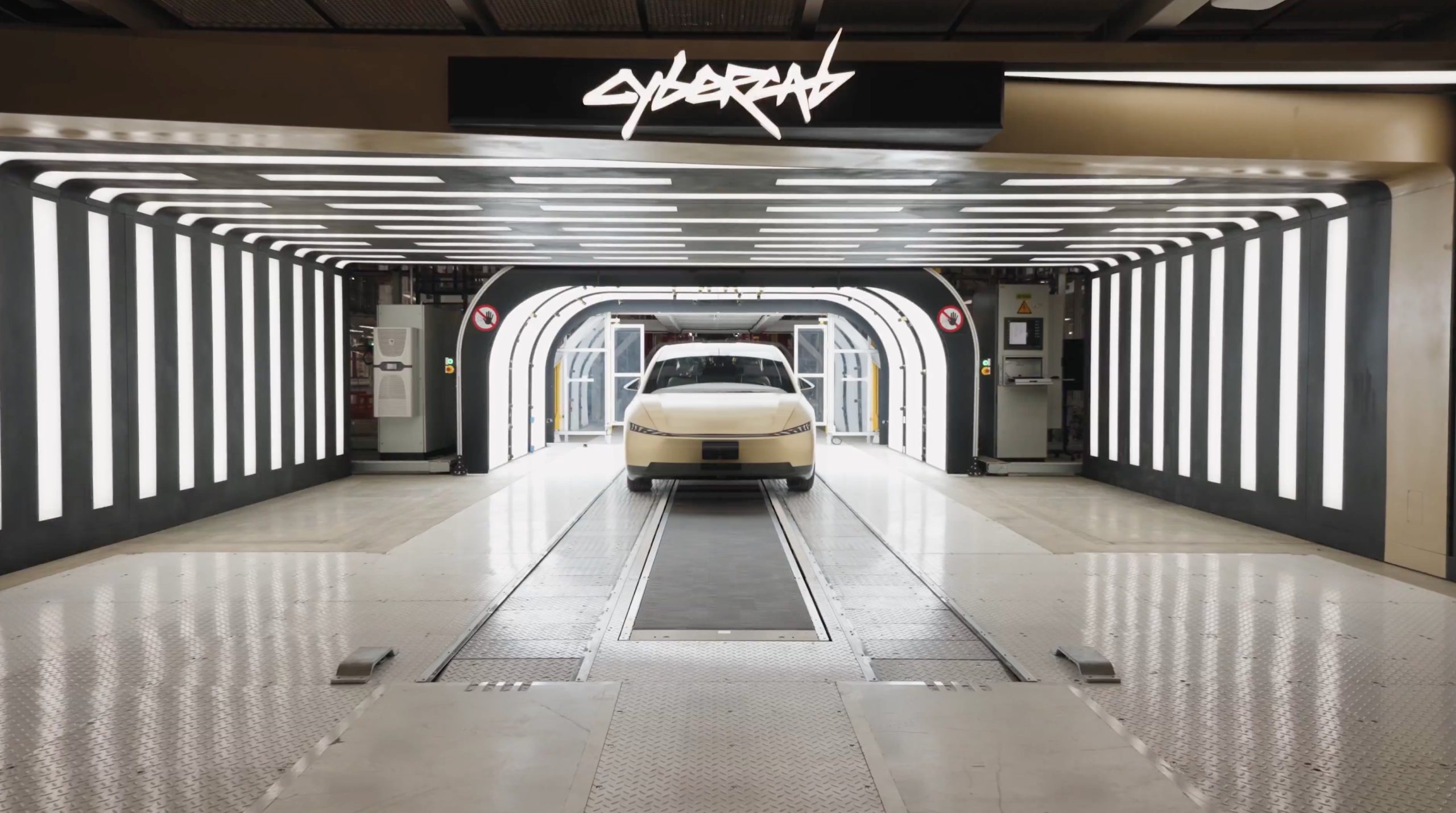
Tesla bear Michael Burry got blunt with his beliefs over the company’s valuation, which he called “ridiculously overvalued” in a newsletter to subscribers this past weekend.
“Tesla’s market capitalization is ridiculously overvalued today and has been for a good long time,” Burry, who was the inspiration for the movie The Big Short, and was portrayed by Christian Bale.
Burry went on to say, “As an aside, the Elon cult was all-in on electric cars until competition showed up, then all-in on autonomous driving until competition showed up, and now is all-in on robots — until competition shows up.”
Tesla bear Michael Burry ditches bet against $TSLA, says ‘media inflated’ the situation
For a long time, Burry has been skeptical of Tesla, its stock, and its CEO, Elon Musk, even placing a $530 million bet against shares several years ago. Eventually, Burry’s short position extended to other supporters of the company, including ARK Invest.
Tesla has long drawn skepticism from investors and more traditional analysts, who believe its valuation is overblown. However, the company is not traded as a traditional stock, something that other Wall Street firms have recognized.
While many believe the company has some serious pull as an automaker, an identity that helped it reach the valuation it has, Tesla has more than transformed into a robotics, AI, and self-driving play, pulling itself into the realm of some of the most recognizable stocks in tech.
Burry’s Scion Asset Management has put its money where its mouth is against Tesla stock on several occasions, but the firm has not yielded positive results, as shares have increased in value since 2020 by over 115 percent. The firm closed in May.
In 2020, it launched its short position, but by October 2021, it had ditched that position.
Tesla has had a tumultuous year on Wall Street, dipping significantly to around the $220 mark at one point. However, it rebounded significantly in September, climbing back up to the $400 region, as it currently trades at around $430.
It closed at $430.14 on Monday.
Investor's Corner
Mizuho keeps Tesla (TSLA) “Outperform” rating but lowers price target
As per the Mizuho analyst, upcoming changes to EV incentives in the U.S. and China could affect Tesla’s unit growth more than previously expected.
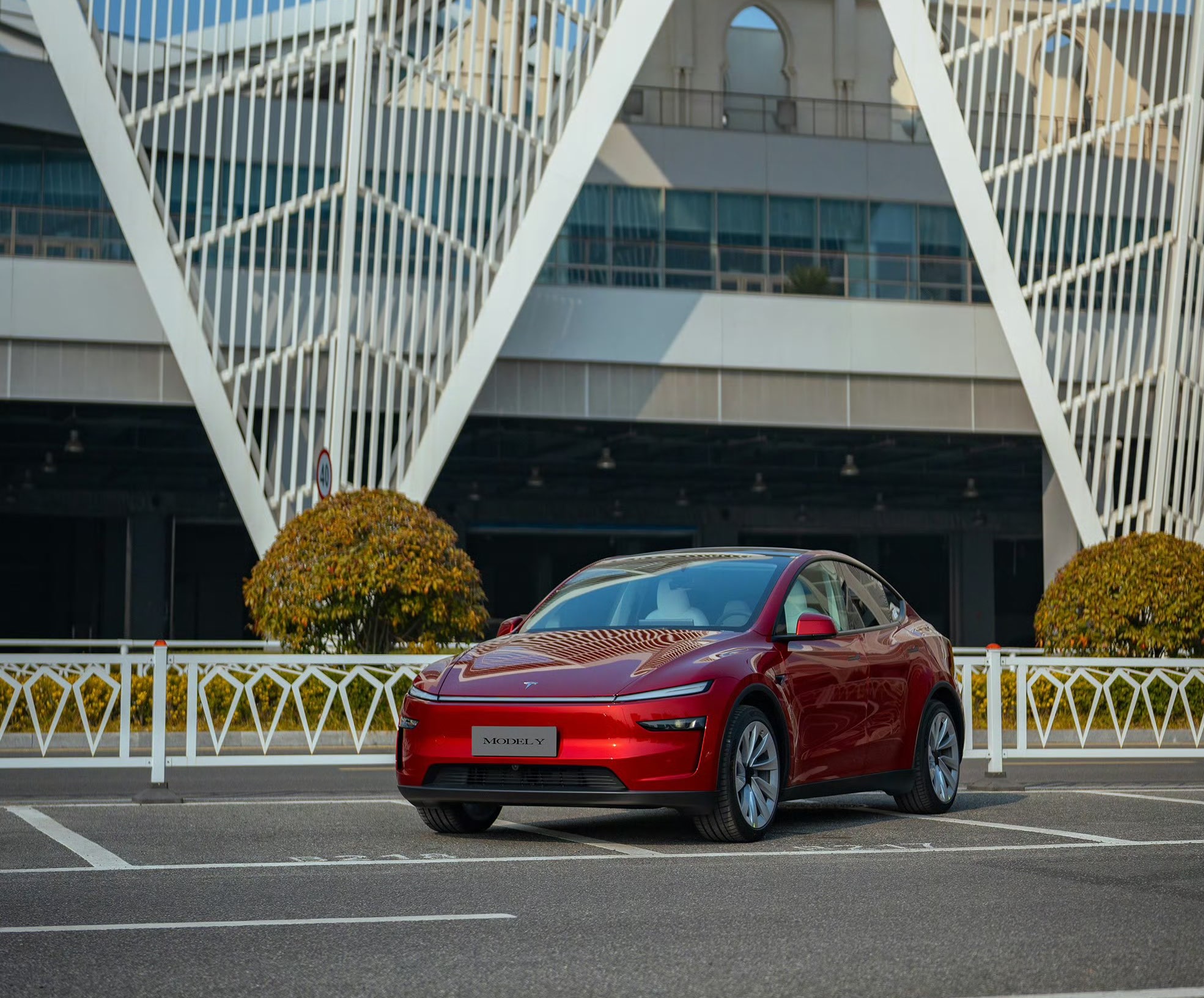
Mizuho analyst Vijay Rakesh lowered Tesla’s (NASDAQ:TSLA) price target to $475 from $485, citing potential 2026 EV subsidy cuts in the U.S. and China that could pressure deliveries. The firm maintained its Outperform rating for the electric vehicle maker, however.
As per the Mizuho analyst, upcoming changes to EV incentives in the U.S. and China could affect Tesla’s unit growth more than previously expected. The U.S. accounted for roughly 37% of Tesla’s third-quarter 2025 sales, while China represented about 34%, making both markets highly sensitive to policy shifts. Potential 50% cuts to Chinese subsidies and reduced U.S. incentives affected the firm’s outlook.
With those pressures factored in, the firm now expects Tesla to deliver 1.75 million vehicles in 2026 and 2 million in 2027, slightly below consensus estimates of 1.82 million and 2.15 million, respectively. The analyst was cautiously optimistic, as near-term pressure from subsidies is there, but the company’s long-term tech roadmap remains very compelling.
Despite the revised target, Mizuho remained optimistic on Tesla’s long-term technology roadmap. The firm highlighted three major growth drivers into 2027: the broader adoption of Full Self-Driving V14, the expansion of Tesla’s Robotaxi service, and the commercialization of Optimus, the company’s humanoid robot.
“We are lowering TSLA Ests/PT to $475 with Potential BEV headwinds in 2026E. We believe into 2026E, US (~37% of TSLA 3Q25 sales) EV subsidy cuts and China (34% of TSLA 3Q25 sales) potential 50% EV subsidy cuts could be a headwind to EV deliveries.
“We are now estimating TSLA deliveries for 2026/27E at 1.75M/2.00M (slightly below cons. 1.82M/2.15M). We see some LT drivers with FSD v14 adoption for autonomous, robotaxi launches, and humanoid robots into 2027 driving strength,” the analyst noted.
Investor's Corner
Tesla stock lands elusive ‘must own’ status from Wall Street firm
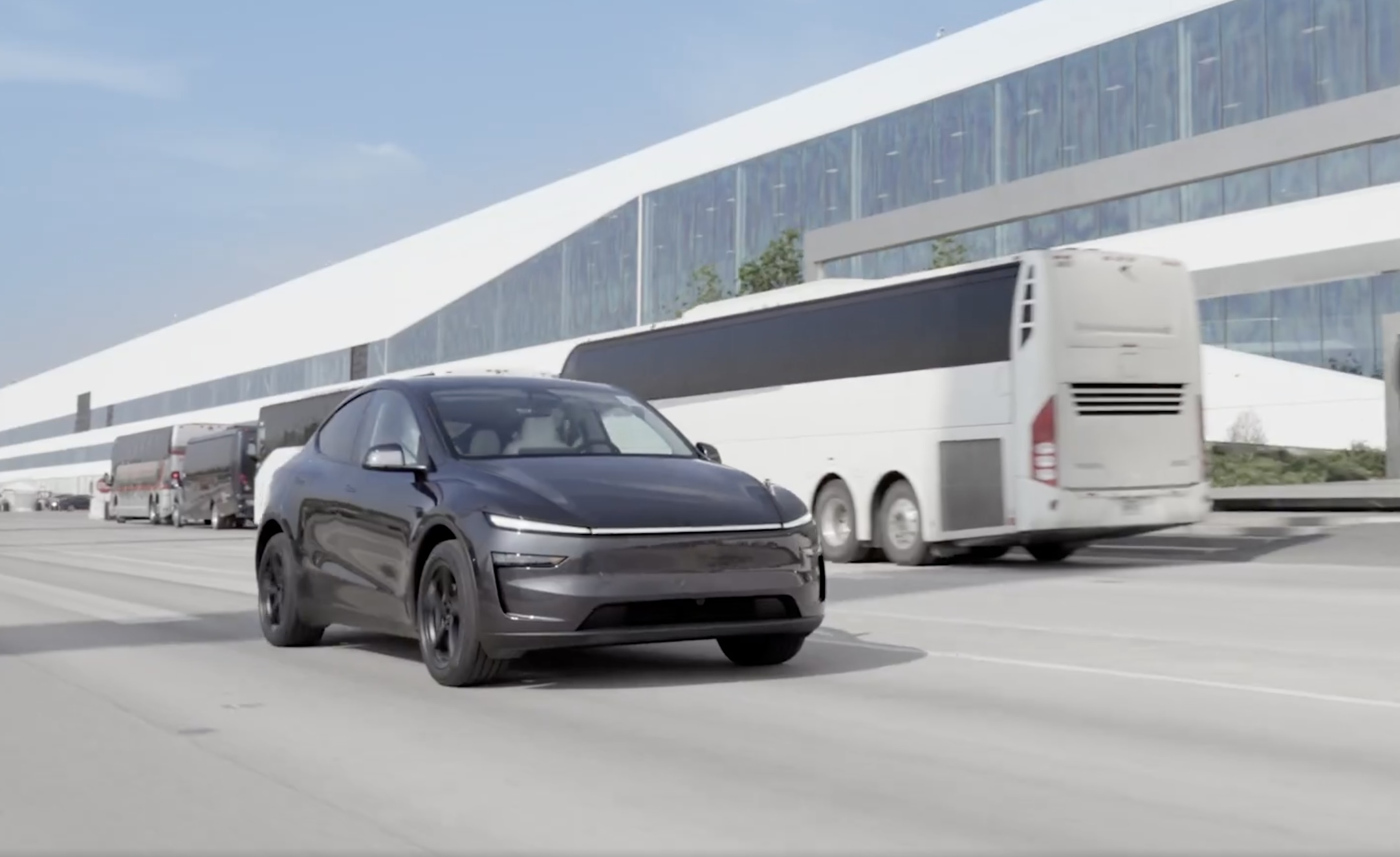
Tesla stock (NASDAQ: TSLA) has landed an elusive “must own” status from Wall Street firm Melius, according to a new note released early this week.
Analyst Rob Wertheimer said Tesla will lead the charge in world-changing tech, given the company’s focus on self-driving, autonomy, and Robotaxi. In a note to investors, Wertheimer said “the world is about to change, dramatically,” because of the advent of self-driving cars.
He looks at the industry and sees many potential players, but the firm says there will only be one true winner:
“Our point is not that Tesla is at risk, it’s that everybody else is.”
The major argument is that autonomy is nearing a tipping point where years of chipping away at the software and data needed to develop a sound, safe, and effective form of autonomous driving technology turn into an avalanche of progress.
Wertheimer believes autonomy is a $7 trillion sector,” and in the coming years, investors will see “hundreds of billions in value shift to Tesla.”
A lot of the major growth has to do with the all-too-common “butts in seats” strategy, as Wertheimer believes that only a fraction of people in the United States have ridden in a self-driving car. In Tesla’s regard, only “tens of thousands” have tried Tesla’s latest Full Self-Driving (Supervised) version, which is v14.
Tesla Full Self-Driving v14.2 – Full Review, the Good and the Bad
When it reaches a widespread rollout and more people are able to experience Tesla Full Self-Driving v14, he believes “it will shock most people.”
Citing things like Tesla’s massive data pool from its vehicles, as well as its shift to end-to-end neural nets in 2021 and 2022, as well as the upcoming AI5 chip, which will be put into a handful of vehicles next year, but will reach a wider rollout in 2027, Melius believes many investors are not aware of the pace of advancement in self-driving.
Tesla’s lead in its self-driving efforts is expanding, Wertheimer says. The company is making strategic choices on everything from hardware to software, manufacturing, and overall vehicle design. He says Tesla has left legacy automakers struggling to keep pace as they still rely on outdated architectures and fragmented supplier systems.
Tesla shares are up over 6 percent at 10:40 a.m. on the East Coast, trading at around $416.








